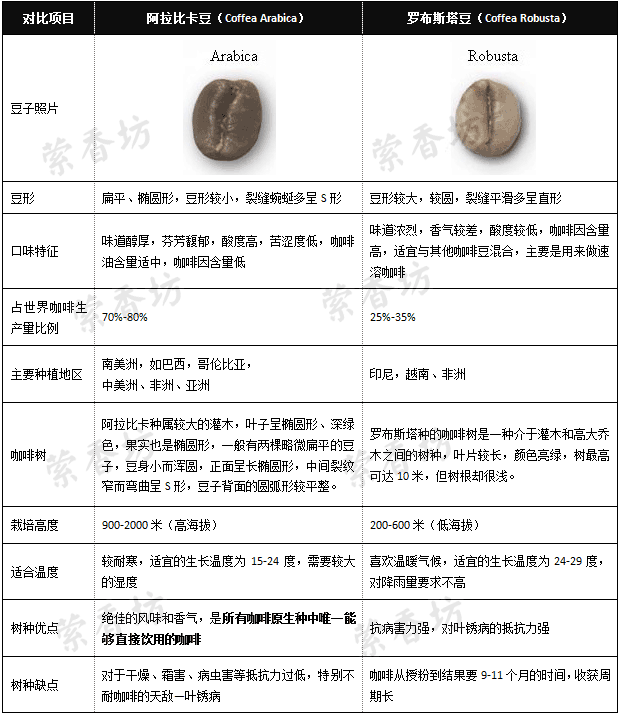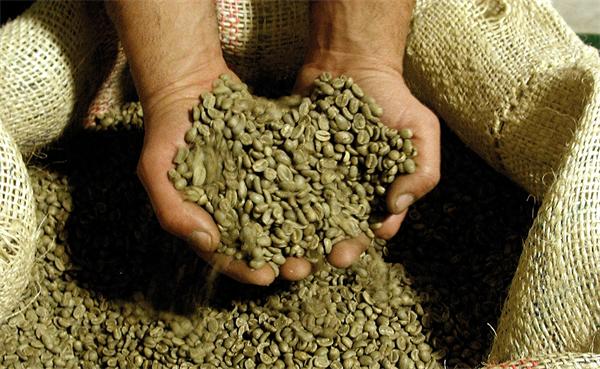The brewing principle of hand-brewed coffee the brewing method of coffee how to make coffee tastes good

Hand-brewed coffee is a favorite extraction method in Japan.
Hand-brewed coffee is a method invented by a German, and now coffee pot filter paper is sold everywhere in supermarkets, which is the brand founded by the German at that time.
The way to brew coffee by hand is simply to grind the coffee and put it in a funnel and pour hot water on it. Due to the gravity of the earth, the coffee will flow out from the bottom. In fact, most coffee machines on the market make coffee in this way, only using electricity to heat water. However, there is a problem with these electric coffee pots, that is, most of the products are not powerful enough, the heated water temperature is not ideal enough to brew the water temperature, and the coffee often has a sour taste.
The ideal brewing water temperature for most coffee is between 90C and 95C. The best brewing water temperature varies with the variety and roasting degree of coffee beans, but it is basically within this range. If the water temperature is low and the coffee is not extracted enough, it will be sour. If the water temperature is too high and the coffee is extracted too much, the coffee will be bitter.
Knowing this principle, if you use an electric coffee maker, and the power of the coffee pot is relatively small, you should try to choose coffee with low acidity and deep roasting to brew.
It is also easy to brew and filter coffee by hand, and it costs very little. A good coffee mill can grind coffee beans into a more uniform powder, a kettle, you can boil water, and you need something that can filter coffee powder. There are many kinds of filters, some can use filter paper, some do not use filter paper. Filter paper is more controversial, some people think that the coffee filtered with filter paper tastes cleaner, while the filter screen often has coffee grounds into the cup, which is unpleasant. Some people think that filter paper will filter out the fragrant grease in coffee, as well as the nasty smell of filter paper. But the controversy over these tastes is purely a matter of personal preferences. I have no problem with either of these methods myself.
First, boil water. When the water was about to boil, he began to grind the coffee. If there is no electric mill, you should grind the coffee in advance and boil water at the same time. Because the electric mill only takes about 10 seconds to complete the work, while the hand mill may take more than 5 minutes. The degree of grinding is as long as it is slightly thinner than sugar, not too fine. The amount of coffee is usually 7 to 10 grams can be made into about a cup of 120ml. If your cup is bigger or you prefer stronger coffee, you can grind more powder. I don't recommend using less coffee to make a lighter cup of coffee. Too little coffee powder, but also easy to cause excessive extraction, bitter taste will come out. If you like to drink light coffee, you can dilute the coffee with some hot water after it is done. This is better.
Put the ground powder into the funnel. after the water is boiled, slowly pour some water on the coffee powder to wet all the coffee powder. Then slowly pour the water into the funnel. In about two minutes. You can start to enjoy it.
Remember to wash the strainer for next use. Coffee is not like drinking tea, it needs a pot. The coffee vessels are as clean as possible.
In fact, as long as you have a sock, boiled water and coffee, you can make a very good cup of dripping coffee.
Important Notice :
前街咖啡 FrontStreet Coffee has moved to new addredd:
FrontStreet Coffee Address: 315,Donghua East Road,GuangZhou
Tel:020 38364473
- Prev

The difference between Arabica and Robusta coffee beans
The difference between Arabica and Robusta coffee beans come from two main types of coffee trees: Robusta and Arabica. Drinks with high caffeine will come from Robusta, Coffea canephora robusta variety and Elaraby plus coffee beans (Coffea arabica) are commonly used by coffee bean manufacturers, two kinds of coffee
- Next

Distribution of Arabica beans Arabica beans buy coffee beans Arabica beans
Arabica coffee is generally thought to originate from the Ethiopian plateau and is widely distributed in the tropics, mainly in Kenya and Ethiopia in Africa, outside Argentina and Brazil in South America, Laos and India in Central America and Asia. Its planting area is the broadest, but the planting conditions are very strict compared with the Robusta species.
Related
- Beginners will see the "Coffee pull flower" guide!
- What is the difference between ice blog purified milk and ordinary milk coffee?
- Why is the Philippines the largest producer of crops in Liberia?
- For coffee extraction, should the fine powder be retained?
- How does extracted espresso fill pressed powder? How much strength does it take to press the powder?
- How to make jasmine cold extract coffee? Is the jasmine + latte good?
- Will this little toy really make the coffee taste better? How does Lily Drip affect coffee extraction?
- Will the action of slapping the filter cup also affect coffee extraction?
- What's the difference between powder-to-water ratio and powder-to-liquid ratio?
- What is the Ethiopian local species? What does it have to do with Heirloom native species?

